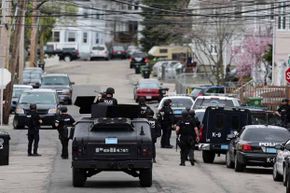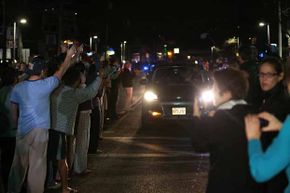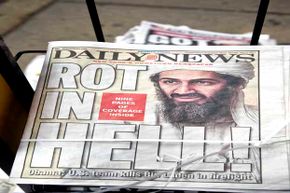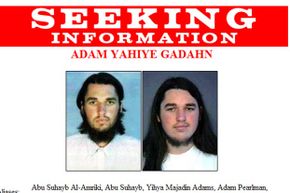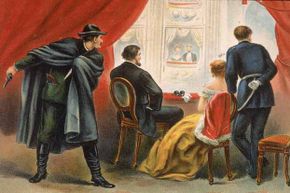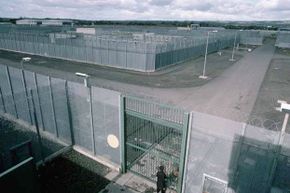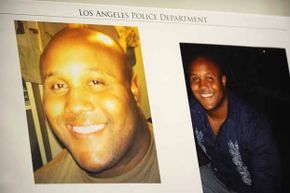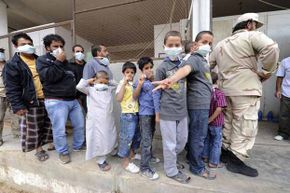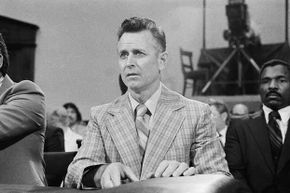When folk singer Tim O'Brien wrote a ballad about a poor man from Tennessee who stole construction equipment, slipped out of handcuffs while outside a Waffle House in Georgia and stole country crooner Crystal Gayle's tour bus in an attempt to reach his dying mother, it wasn't a work of fiction. The song chronicled the life of Christopher Daniel Gay, called "Little Houdini" by police, who actually attempted these crimes in 2009. (Police tracked him to Florida and arrested him) [source: Jonsson].
Crime sprees and their ensuing manhunts are often stranger than fiction. It's no wonder so many televised crime dramas are based on real-life events. Whether it's a modern murder mystery or a historical homicide, if you take a closer look at some of the world's most compelling true-life crimes, you'll find one important component: the massive manhunt.
Advertisement
These organized searches have turned up plenty of drama all their own, either because of expense, duration or sheer scale. We've compiled some of history's biggest manhunts, some of which are freshly imprinted on our collective conscious and others that will certainly ring a bell.
